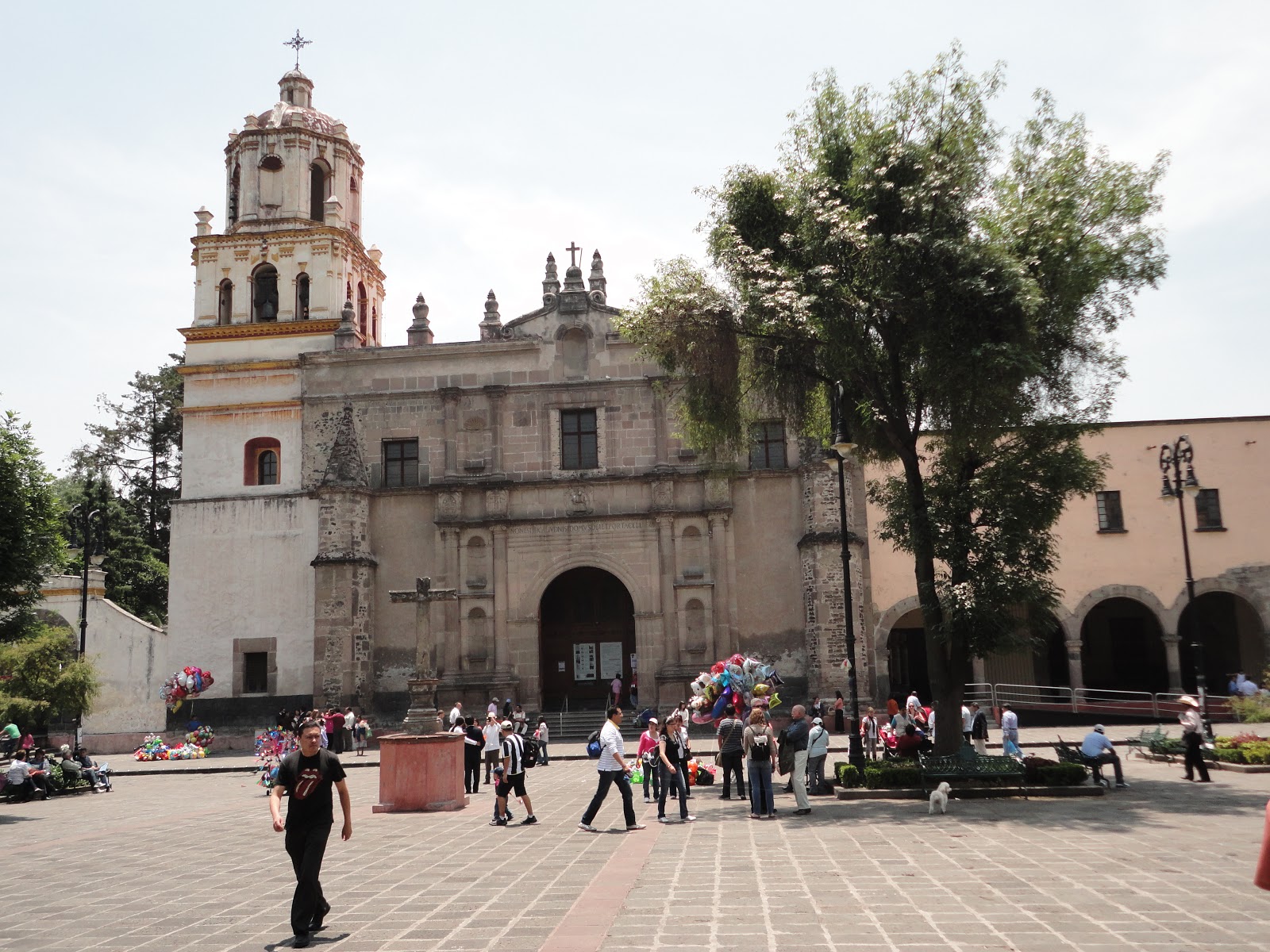The Memorial Day Observance I attended took place at the American Military Cemetery in Mexico City -- the oldest of its kind outside of the US. Located in a busy shopping and residential section of the city, it is an oasis of peace and quiet in the midst of the noise and bustle. In attendance were other US expatriates, including staff members of the US Embassy. Other countries sent representatives as well, including the Philippines, Japan, Canada, and several European nations. The ceremony culminated in the traditional wreath-laying at the monument.
The keynote speaker was the charge d'affaires of the US embassy, but perhaps the best speech was given by a US officer who shared stories and remembrances of members of the armed services whom he had known who later died in combat.
I was proud to be an American. And proud, too, and humbled, to be here in Mexico. Somehow the overarching message of the Memorial Day of observance was the yearning for peace among all nations. Amen to that!











